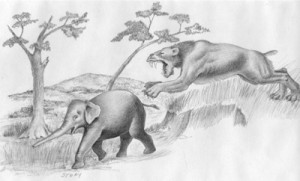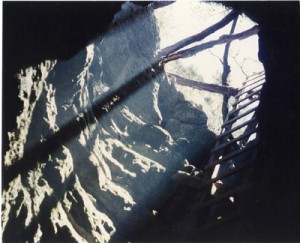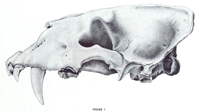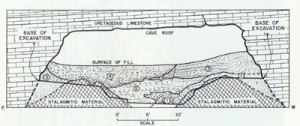Friesenhahn Cave
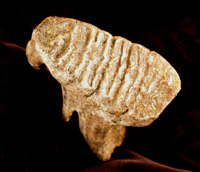 Surface view of juvenile mammoth (Mammuthus columbi) tooth. (Specimen: TMM933-3809. Locality: Friesenhahn cave, Bexar County, Texas. Age: Late Pleistocene) |
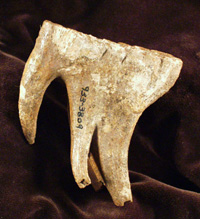 Juvenile mammoth (Mammuthus columbi) tooth. (Specimen: TMM933-3809. Locality: Friesenhahn cave, Bexar County, Texas. Age: Late Pleistocene) |
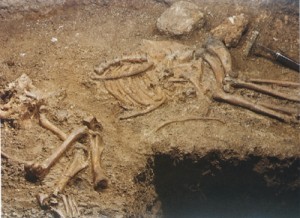 |
|
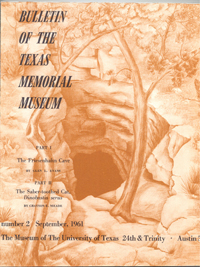 Cross-sections of the deposits found in the cave, together with maps of the surface, allowed Glen and Grayson to record their excavations in great detail. Later workers can return to these sites and continue to work in a productive way by using such information. |


